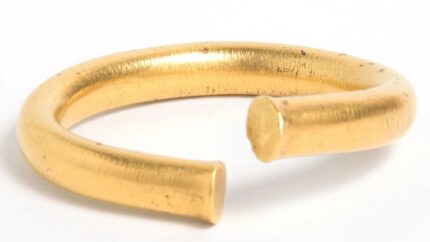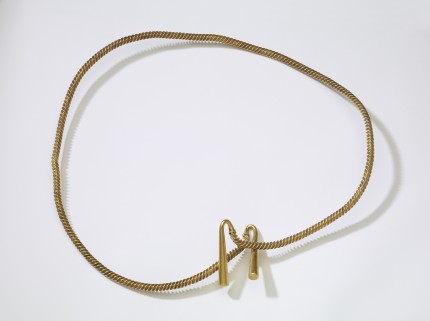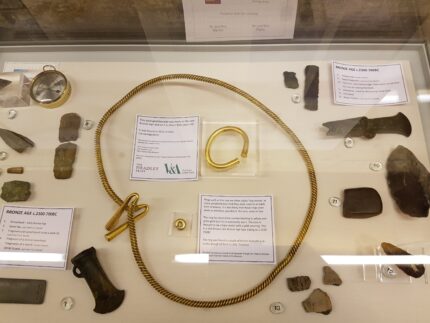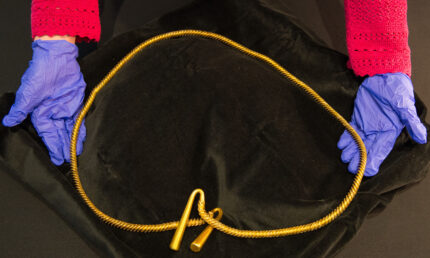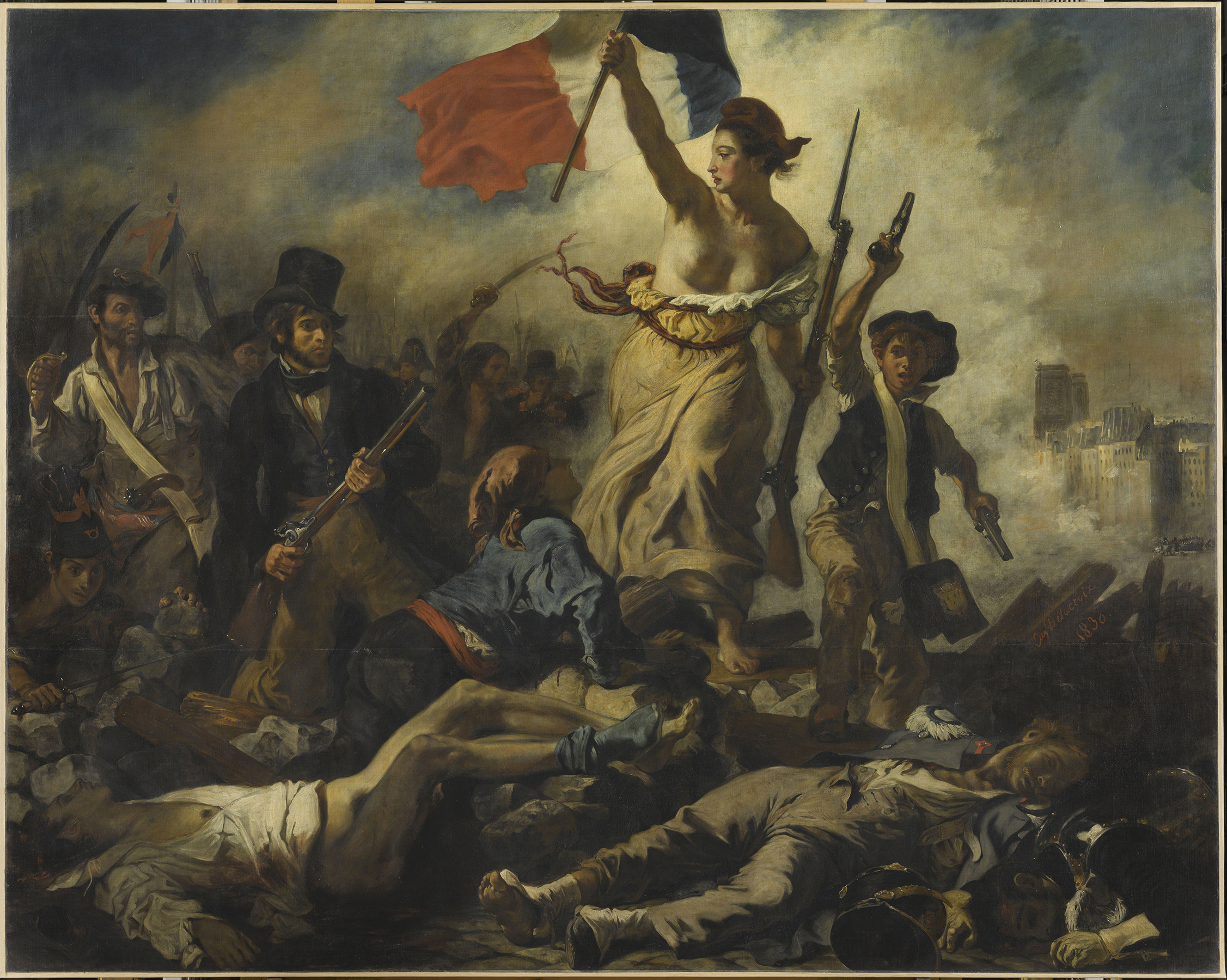 On May 12th, 113 A.D., Trajan’s Column was inaugurated, a masterpiece of construction and imperial self-promotion that has been broadcasting scenes from the emperor’s conquest of Dacia for 1,911 years. It was the first triumphal pillar, copied by later emperors, and today is the only intact monument remaining in the Forum of Trajan.
On May 12th, 113 A.D., Trajan’s Column was inaugurated, a masterpiece of construction and imperial self-promotion that has been broadcasting scenes from the emperor’s conquest of Dacia for 1,911 years. It was the first triumphal pillar, copied by later emperors, and today is the only intact monument remaining in the Forum of Trajan.
Before the first figure of the spiral frieze that winds around his entire height was carved, the column was already a marvel of engineering. Twenty drums of white marble, each 12 feet in diameter and weighing 32 tons, had to be quarried from Carrara, transported over land, sea and river to Rome and stacked on top of each other more than 98 feet high in the Forum of Trajan. Added to the pedestal, the total height of the victory column is 115 feet.
The exterior of the marble drums were carved with a spiral bas relief 620 feet long that wraps around the column shaft 25 times and boasts 155 different scenes populated by 2,662 figures, including Trajan himself who appears no fewer than 58 times. But wait, there’s more! The interior was then hollowed out, the hard marble removed to create a spiral staircase of 185 steps like an Archimedes screw that visitors in antiquity could use to reach the viewing platform at the top of the column. A small doorway in the base allowed access, and the long walk up was lit by 43 small windows.
 The Syrian genius Apollodorus of Damascus, who had accompanied Trajan on his Dacian campaign in 105 A.D. as a military architect, was commissioned by Trajan to plan and execute this testament to his conquest. The frieze has a heavier emphasis on Roman military construction than on actual battle scenes, congruent with Apollodorus’ personal experience of the Dacian Wars but probably motivated more by Trajan’s desire to present himself as sober and effective rather than bloodthirsty. The carving is so detailed and realistic that the column is a unique record of Roman and Dacian clothing, weapons, armor, defenses, artillery, vehicles, religious practices and much more.
The Syrian genius Apollodorus of Damascus, who had accompanied Trajan on his Dacian campaign in 105 A.D. as a military architect, was commissioned by Trajan to plan and execute this testament to his conquest. The frieze has a heavier emphasis on Roman military construction than on actual battle scenes, congruent with Apollodorus’ personal experience of the Dacian Wars but probably motivated more by Trajan’s desire to present himself as sober and effective rather than bloodthirsty. The carving is so detailed and realistic that the column is a unique record of Roman and Dacian clothing, weapons, armor, defenses, artillery, vehicles, religious practices and much more.
 It is difficult to grasp the density of content on the column with the naked given the height and distance. The best way to get a real look at the narrative relief is through the plaster casts taken of the column. There’s a full set in the Museum of Roman Civilization, made in 1861-2 by order of Napoleon III. They are placed in four rows at eye level. The museum has been closed for renovations for years, and is scheduled to reopen later this year.
It is difficult to grasp the density of content on the column with the naked given the height and distance. The best way to get a real look at the narrative relief is through the plaster casts taken of the column. There’s a full set in the Museum of Roman Civilization, made in 1861-2 by order of Napoleon III. They are placed in four rows at eye level. The museum has been closed for renovations for years, and is scheduled to reopen later this year.
I recently discovered there’s another full set of casts in, appropriately enough, the National History Museum of Romania. This set is much more recent, created between 1934 and 1940 by Vatican craftsmen, although wars hot and cold prevented it from getting to Bucharest until 1967. It is visually even closer to the original because it’s not made of plaster. It is reinforced white cement mixed with white marble dust, so it’s basically a match for the look of the Carrara marble. The museum also has an exact replica of the pedestal.
The National History Museum of Romania has a 3D virtual tour of their copy of Trajan’s Column. They also have a VR option that puts you right in the middle of the museum’s Lapidarium where the copy is installed.



